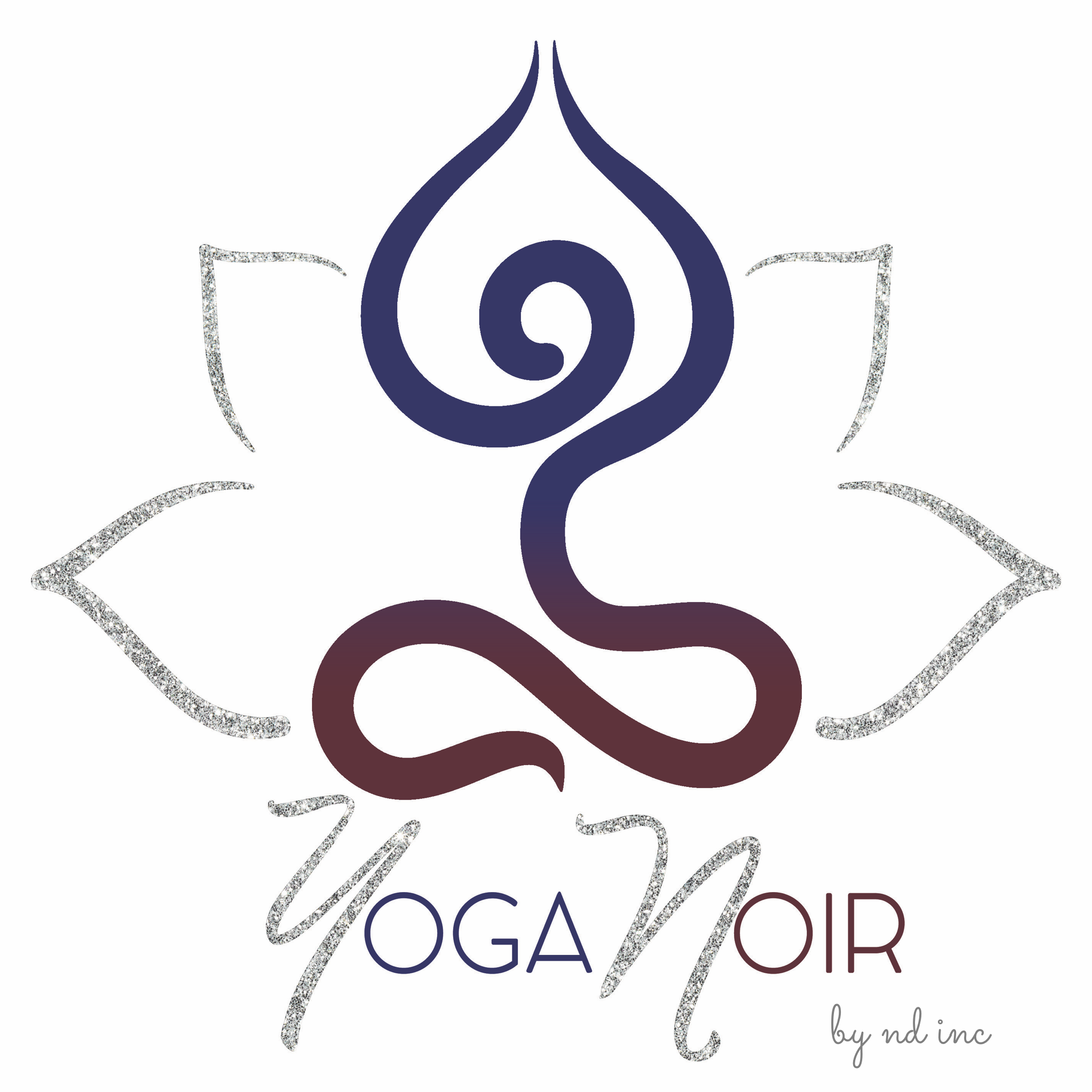How to Adapt Yoga for Seniors
/Photo from Pexels
Submitted by: Harry Cline, Author of The A-Z Home Care Handbook: Health Management How-Tos for Senior Caregivers.
One of the best things about yoga and meditation is that they work for such a wide variety of people. Health, flexibility and calmness are not ideals that are restricted by age, size or gender, so as a senior, you have just as much potential with yoga as anyone. Here are a few tips on how to claim the benefits of yoga and meditation for yourself:
Start in the Right Place
As yoga’s popularity has increased dramatically in the United States in recent years, the injury rate has increased as well, especially among seniors age 65 and over. Some of this is natural, but many injuries take place because seniors are in classes too advanced for them or their instructor may not be educated in the safety considerations that are necessary when working with senior adults because they train primarily younger people.
If you’ve never done yoga before, start with a beginner’s class even if you’re already active and in good shape. Give yourself time to ease into the patterns and routines of yoga, especially when trying new poses and new classes.
Choose the Right Instructor and Class
You’ll get much more benefit from yoga if you attend the right kind of class with a certified instructor. Visit a couple of classes before you start to see various types of yoga in action. Look for class names such as “Yoga for Seniors,” “Adaptive Yoga,” or “Gentle Yoga.” Also talk to the instructor to find out their experience in teaching seniors. There are various ways to obtain a yoga training certification, so don’t get hung up on specific credentials - just make sure they have the right kind of experience. If you have significant or limiting health challenges, you may want to consider working one-on-one with a yoga teacher or therapist.
Alternatively, you might want to try yoga at home. All you really need is a mat and a calming, meditative space to practice. This way, you can go at your own pace. Choose a few basic yoga sequences to memorize, turn on some relaxing music, and start. You can do it whenever your schedule allows, at no cost, with no driving required.
Adapt for Medical Conditions
As a senior, make sure you adapt your yoga practice to accommodate whatever medical conditions you may have. While the activity may help treat some conditions, it can exacerbate others. If you have a heart condition, for example, don’t try hot yoga, which can elevate your heart rate and increase your cardiac workload. If you have glaucoma, don’t do positions where your head will be down, which can increase the pressure in your eyes. If you have any questions about limitations because of your medical conditions, visit your doctor and ask what you can and cannot do.
Help With Pain
If you are living with chronic pain as a senior, yoga can be a fantastic tool for managing that pain and bringing you a better quality of life. The suffering you are facing because of your physical pain can also bring emotional pain, so while yoga helps relieve the physical pain, meditation can help you deal with the spiritual side of the issue. To get the most benefit, look for a class or a therapist that focuses specifically on pain management.
Yoga is so popular in part because it works well for such a wide variety of people. It’s easily adaptable to various physical conditions and ages, so even seniors with medical conditions can find both physical and spiritual help. Don’t be afraid to ask questions as you search out the best class and instructor.
Photo from Pexels


